The proper base for concrete, often referred to as the “subbase” or “base course,” is a crucial component of a successful concrete installation. The base serves several important functions, including providing support, stability, drainage, and preventing settling or cracking of the concrete. The type of base you should use can vary depending on the specific project and site conditions. Here are common options:
Compacted Gravel or Crushed Stone:
Compacted gravel or crushed stone is one of the most common and cost-effective choices for a concrete base. It provides good support, and drainage, and minimizes the risk of settlement.
Choose a well-graded, clean, and angular aggregate that compacts well. Typically, a 3/4-inch to 1-inch crushed stone is a suitable choice.
The thickness of the gravel or crushed stone base can vary but is often around 4 to 6 inches. However, the exact thickness will depend on factors like soil quality, climate, and the intended use of the concrete.
Crushed Concrete:
Recycled crushed concrete can be an environmentally friendly and cost-effective base material. It’s obtained by crushing and recycling old concrete into a usable aggregate.
The use of crushed concrete as a base depends on local regulations and the quality of the material. It should be well-graded and free from contaminants.
Sand:
Sand can be used as a base material in certain situations, such as for small concrete slabs and pavers. It offers good drainage but may not provide as much load-bearing capacity as gravel or crushed stone.
When using sand, ensure it is well-compacted and properly graded.
Crushed Rock or Quarry Process Stone:
Crushed rock or quarry process stone is a dense, well-graded material that provides excellent load-bearing support. It’s often used for larger concrete projects or where a strong subbase is required.
The thickness can vary based on the project’s needs but is typically around 4 to 8 inches.
Engineered Fill:
In some cases, engineered fill materials may be used for specialized projects or where specific load-bearing requirements must be met. These materials are typically compacted to a specific density.
Geotextile Fabric (optional):
In areas with unstable or expansive soils, a layer of geotextile fabric may be placed between the subbase and the soil to prevent soil migration and ensure stability.
Proper compaction of the chosen subbase material is crucial to ensure it provides the necessary support and prevents settling over time. Compaction is typically achieved using heavy machinery like a plate compactor or a vibrating roller.
The choice of the proper base for concrete should be based on site conditions, project requirements, and local building codes. Consult with a qualified contractor or engineer for site-specific recommendations to ensure the longevity and performance of your concrete project.
